Do-It-Yourself Tips
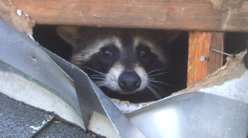 Step-by-step instructions for solving a wildlife conflict, without resorting to ineffective and inhumane methods such as poison, lethal traps,
or cage trapping. Wildlife removal strategies for each of the common species.
Read more
Step-by-step instructions for solving a wildlife conflict, without resorting to ineffective and inhumane methods such as poison, lethal traps,
or cage trapping. Wildlife removal strategies for each of the common species.
Read more
Wildlife Education Resources
Find a Local Rehabber: If you have found an orphaned baby animal, or a sick or injured animal, you can bring them to a local wildlife rehabilitator.
Find a Local Wildlife Pro: If you can't solve the problem yourself, read here for tips on how to hire to right person to help you.
Learn Your Local Laws: Some aspects of conflict wildlife control may be subject to state or even federal laws.
Find Help In Your Area
Common Wildlife Conflicts
-

It's very common for wildlife such as squirrels, raccoons, and more to live in the attic. Did you know that it's usually a female with young?
-

Rats and mice are misunderstood. They are often treated in the same manner as insects - with poison. Learn a better more effective way.
-

Birds and bats love to live on or in buildings. Luckily, this problem can be resolved, permanently, legally, with no harm to the animals.
Nuisance wildlife removal is a complex field, and one fraught with misunderstanding. Humans continue to expand into wild areas, and certain wildlife species continue
to adapt to urban and suburban environments. As such, people and wild animals often come into conflict. Squirrels often chew their way into and live in attics.
Raccoons raid garbage cans or defecate in swimming pools. Bat colonies seek out buildings to live in. Well-known urban animals such as rats and pigeons use human
structures as their habitat. These critters often disturb people with their droppings or sounds, or the concern over damage to property, or possible diseases. Thus,
many people want to get rid of wildlife, and they often think the best way is to trap the animals in cages or kill the animals. But in many cases, most cases even,
the problem is not the animal, but the nature of the human structure. If a wild animal has entered a house, it's a problem of weak construction and vulnerable areas.
If a critter is eating garbage, pet food, or a garden, it's a matter of these temptations being easily accessible.
Many people seek to contact a pest control company
or a nuisance wildlife removal trapper professional when encountering a wildlife conflict. However, due to both lack of education and profit-seeking motivations of
these businesses, paid assistance is often of very poor quality, inhumane to animals, and unnecessarily complex. It is the purpose of this website to educate the public
about proper methods of wildlife removal - to do what's humane for animals, yes, but also effective at solving the conflict. Please read about proper strategy for your
nuisance wildlife species, and if you do need outside assistance, with laws, wildlife rehab, or even tips to find humane and effective assistance from a pro in your
town, check out the locations section of this site, which covers most of the United States.
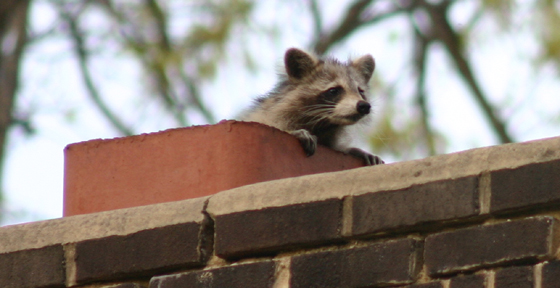
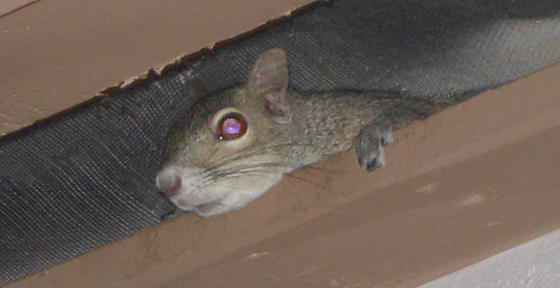
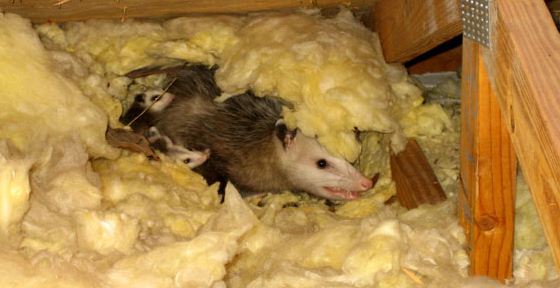
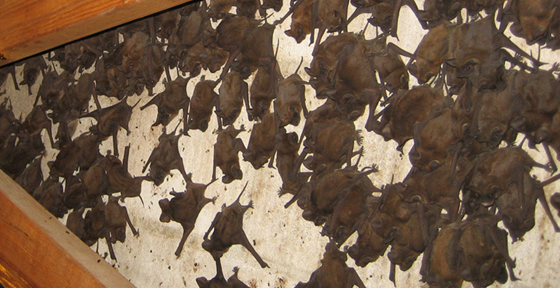
 Step-by-step instructions for solving a wildlife conflict, without resorting to ineffective and inhumane methods such as poison, lethal traps,
or cage trapping. Wildlife removal strategies for each of the common species.
Read more
Step-by-step instructions for solving a wildlife conflict, without resorting to ineffective and inhumane methods such as poison, lethal traps,
or cage trapping. Wildlife removal strategies for each of the common species.
Read more


